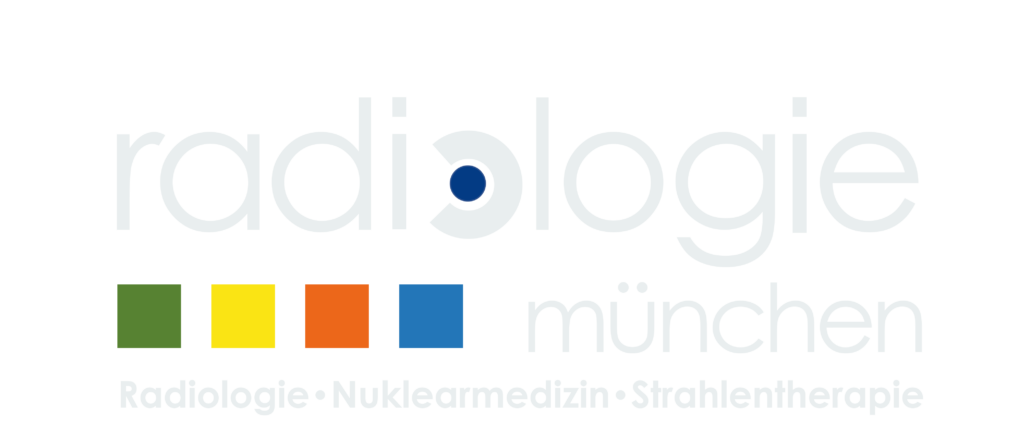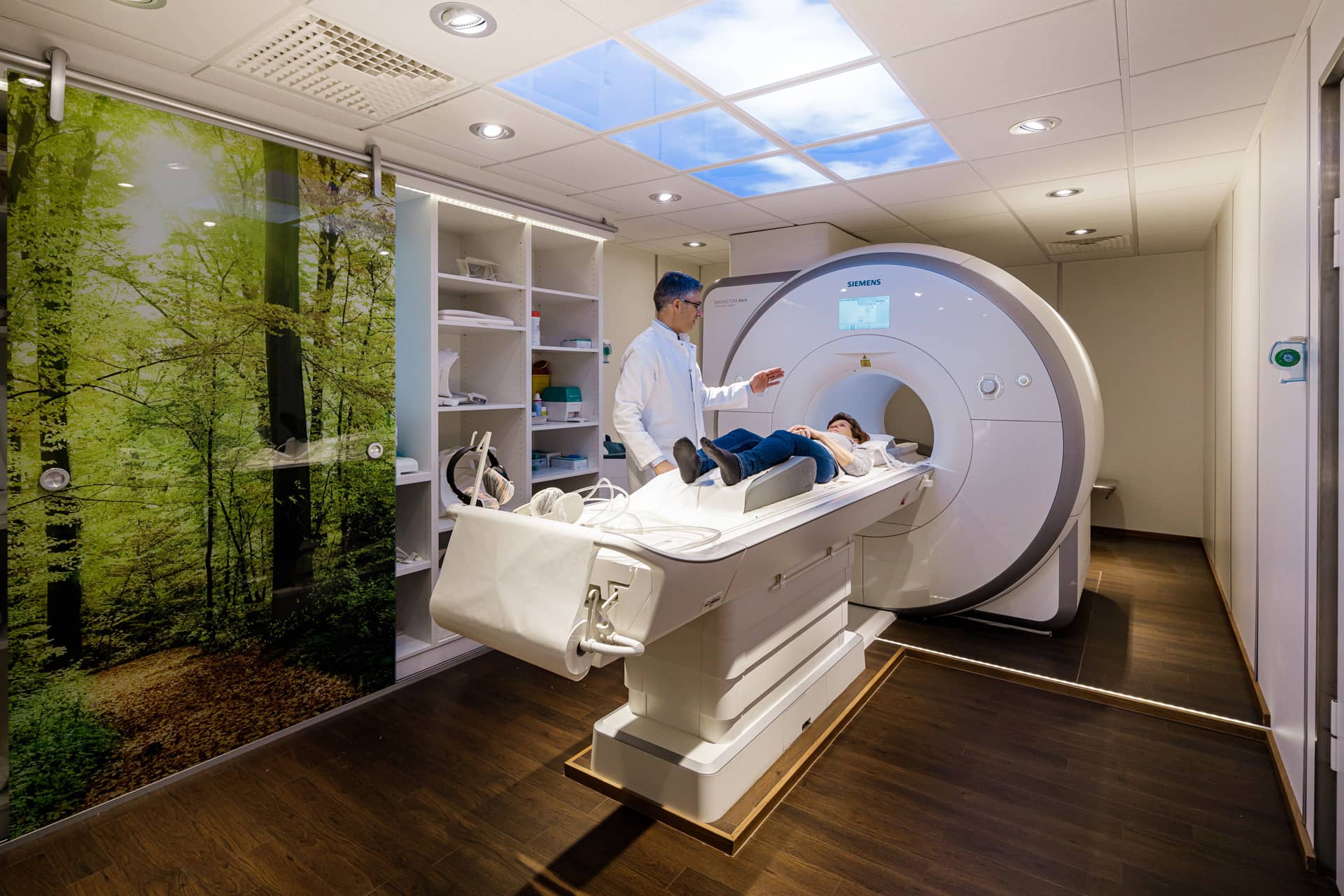Heart attacks occur as a result of a circulatory disorder. The disturbance of blood flow occurs slowly and initially without symptoms, which is why it often goes unnoticed for a long time. If a blood vessel in the heart muscle closes, a heart attack occurs.
approx. 300,000
Heart attacks occur in Germany
Every year, about 300,000 people in Germany suffer a heart attack, and about 50,000 people do not survive it. Many cases could have been prevented by screening.
Where can you have a heart attack screening in Munich?
Vascular calcifications are the main reason for blockages of blood vessels and organ connections. Especially in the heart and coronary vessels, such calcifications are life-threatening and should be clarified as early as possible. For this, we have a heart attack precaution. Just ask for an appointment!

General information about calcification in the heart
The calcification of the vessels is called arteriosclerosis. Over time, residues of fat, calcium, proteins and connective tissue cells are deposited in the arteries. These residues (plaques) make it increasingly difficult for oxygen and nutrients to be transported to the individual regions of the body. The constriction of the blood vessel causes blood pressure to rise. If particles continue to accumulate in the arteries, a blood clot will form. If such a blood clot narrows the coronary artery or the coronary arteries, cardiac arrhythmias may occur. Complete blockage results in a heart attack.
There are some factors that can promote atherosclerosis. In addition to a hereditary predisposition, this also includes an unhealthy lifestyle. In particular, high cholesterol, high blood pressure, diabetes mellitus (diabetes), obesity, lack of exercise and stress promote the calcification of the vessels. Smoking also promotes atherosclerosis.
What is the procedure for a heart attack screening?
Over a long period of time, arteriosclerosis progresses without symptoms. When symptoms do occur, in some cases they are ambiguous. The heart attack happens suddenly and then every second counts to avert harm. Early detection makes it possible to identify changes in the vessels even before they become a problem. As part of a preventive medical checkup, health insurance companies offer every insured person over the age of 35 the opportunity to be examined regularly every two to five years in order to prevent diseases of the cardiovascular system and a heart attack.
Basic examinations
First, the physician discusses certain risk factors with his patient. This includes his lifestyle and any previous family history. This is followed by the measurement of blood pressure and the analysis of blood to assess the risk based on the cholesterol level or blood sugar. From all the information, the doctor determines a risk score that indicates how likely the patient is to die of a heart attack in the next 10 years. Based on the risk score, the physician and patient can work together to develop measures to reduce the risk score in the coming months and years.
Supplementary examinations
If the risk value is already high, it makes sense to carry out further investigations. An ultrasound examination (sonography) is performed to determine whether deposits have already formed in the arteries. Here, arteries that pose an increased risk of heart attack are examined in particular, e.g. the neck vessels.
For a more thorough examination, a magnetic resonance imaging (MRI) or computed tomography (CT) scan is useful. Both imaging methods make it possible to visualize the blood vessels in three dimensions in order to determine whether there are already constrictions in the arteries. In addition, this method has the advantage of making heart disease visible even though the patient does not yet have any symptoms.
In consultation with the physician and the radiology team, a decision must be made as to which type of examination is suitable for the patient. MRI uses magnetic fields to image blood vessels, while CT uses X-rays. MRI is gentler and easier to tolerate because it does not use radiation. Therefore, it is especially suitable for children and pregnant women. People with a pacemaker or an implant are not allowed to take this examination because the magnetic waves could affect the functioning of the devices. These individuals should have a CT scan. This also applies to patients with an increased cardiovascular risk. It should be noted, however, that patients are exposed to a certain amount of radiation. However, the radiation dose used in this process is much lower than the radiation dose used in cancer therapy.
What do I need to know about heart attack prevention?
Cost absorption
The statutory health insurance covers the costs of the preventive medical check-up from the age of 35. The examination for early detection of cardiovascular diseases should be examined regularly. Depending on the risk assessment, the examination should be repeated every two to five years. The health insurance also covers the costs for follow-up examinations. Please discuss the scope of the screening with your doctor and also contact your health insurance company to make sure they will cover the cost of all screenings.
To note
If an increased risk factor makes it necessary to confirm the findings with the help of a radiological examination, it is important to discuss the next steps with your doctor. Please inform him if you have any pre-existing conditions or intolerances, if you have an implant or pacemaker, or if you would like to avoid radiation exposure if possible. Together with your doctor, you can then decide whether an MRI or CT is an option for you and what you need to consider in both cases.
In both cases, a contrast agent is usually used. This increases the quality of the image and allows the physician to better examine the blood vessels. Because the contrast agent contains iodine, some people may be sensitive to it – especially patients with thyroid dysfunction. Please inform your physician and the radiology team should you decide not to use the contrast agent. In some cases, the contrast agent may be omitted. However, it is possible that the evaluation of your results will take a little longer as a result.

